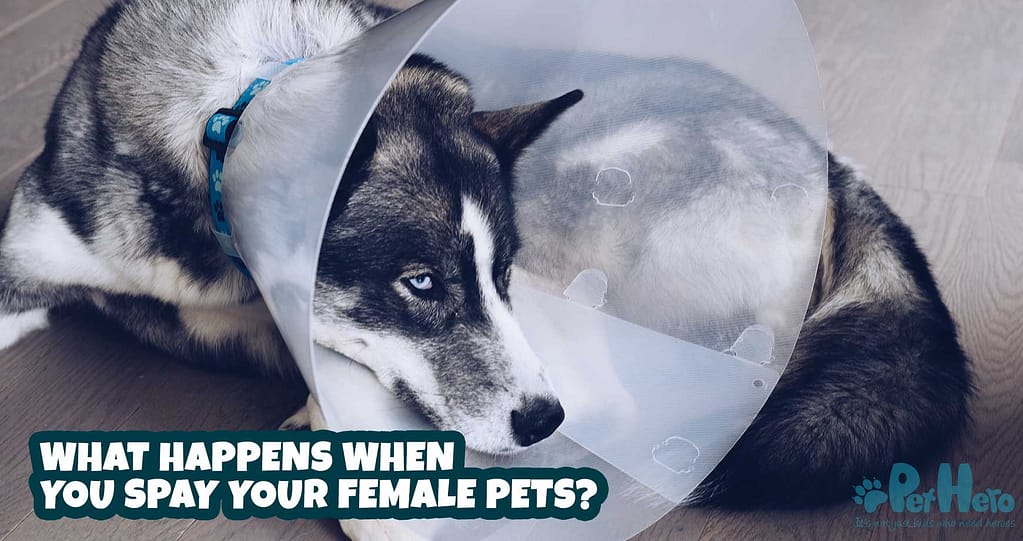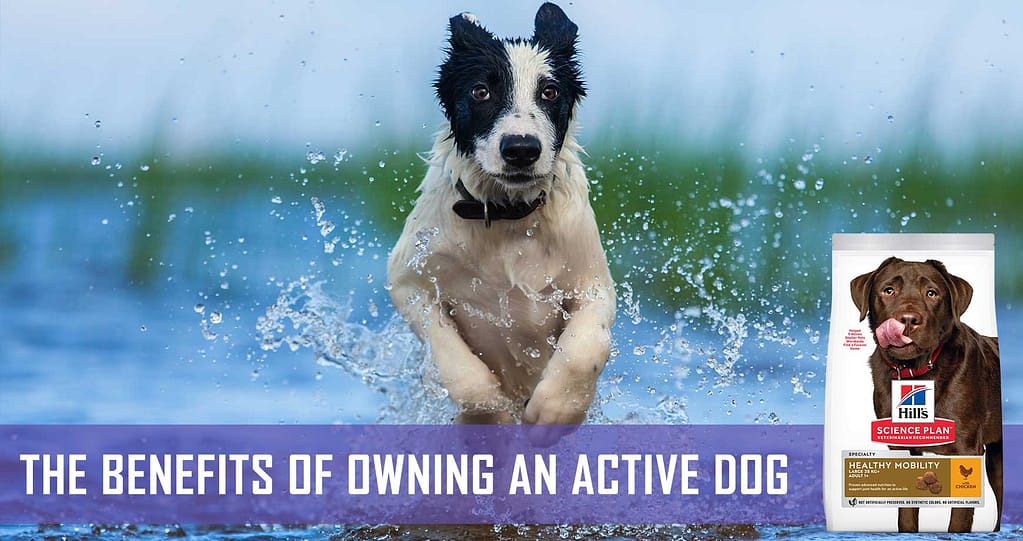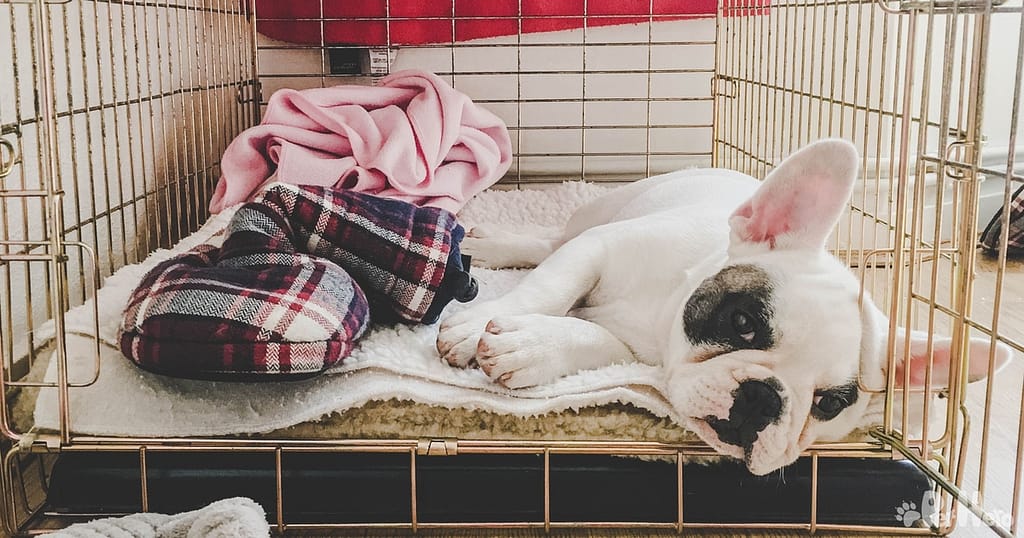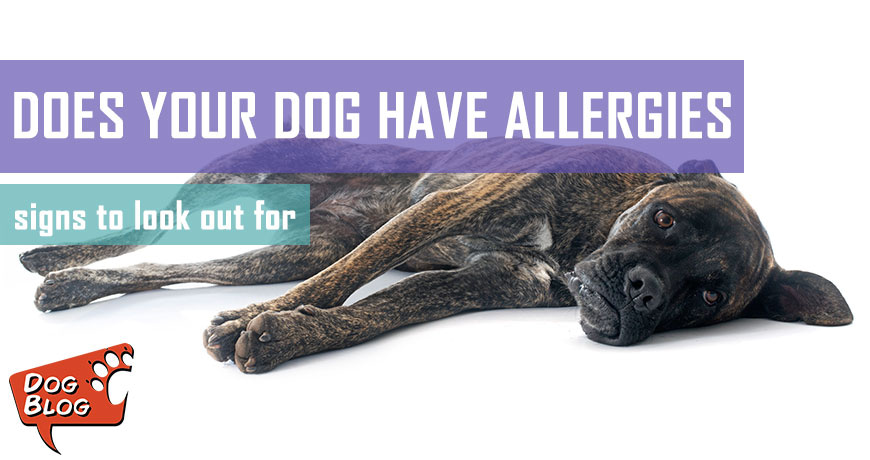In a country with many socioeconomic woes and a relatively low level of regulation of pet ownership, it is critically important that pet owners ensure their female pets are spayed. Spaying involves removing the ovaries and uterus of female pets, thereby removing their reproductive ability and urges.
But, but… no buts. (Okay, maybe some, but we’ll get to those.)
The (big-picture) benefit of spaying female dogs and cats
So many animal welfare organisations are beyond bursting capacity – needing to receive/retrieve lost, abandoned, abused and neglected animals, treat and care for them and prepare them for adoption. When they are ready, rescue organisations try to find these pets forever homes where they will be fed, sheltered, exercised, nurtured and LOVED. There are still thousands of animals put to sleep every month because of injuries, disease or simply because there is no space to keep them while they wait for their chance of adoption. Spaying female dogs and cats helps to reduce the pressure on the animal welfare system.
Why is it necessary to spay a female dog or cat?
We know about the collective problems of unspayed pets, but what about the benefits to the individual animal?
For dogs: Spaying your female dog eliminates the risk of her contracting mammary (breast), uterine and ovarian cancers, as well as a serious uterine infection called pyometra.
For cats: Spaying your female cat eliminates the risk of her contracting mammary and cervical cancers. It also greatly reduces the spread of feline AIDS and feline leukaemia, since she will not be attracting and in contact with other unknown cats. And it eliminates the need for fighting, so there are fewer unwanted behaviours and injuries, and fewer strange cats poking their heads through your kitty door!
Overall, spayed pets live longer, healthier lives. Regardless of this benefit, some pet owners will cite the cost of spaying their pets as the reason they are reluctant to do so. However, if your pet contracts a life-threatening disease or cancer, the costs of treatment will be far higher than that of spaying. Some animal welfare organisations offer spaying at reduced rates, so there are always options for pet owners who need to get their female dogs spayed.
What is the best age to spay a female dog?
This is where the spaying debate becomes a little murky. It is generally well accepted that female dogs should be spayed from the age of six months old and onwards. Most female dogs come into their first heat at the age of nine or 10 months old, while some smaller breeds may have their first heat earlier at six months. Some large breed dogs may only have their first heat at one year old or even older. It is important for the spay surgery to be done before the first heat because going into heat changes the dog’s internal anatomy and blood vessels and makes the surgery more difficult than in a pre-heat puppy. However, in larger breeds, spaying the dog too early can increase their risk for joint and bone problems, certain hormone-related cancers, as well as urinary incontinence.
If you have any concerns over your dog’s spaying, please discuss these with your vet and get their medical advice based on your dog’s individual case.
When to spay your female cat?
Female cats become sexually mature at a very young age, which means they are generally ready for spaying between the ages of three and five months old. Similar to dogs, having cats spayed before their first heat will ensure the reduced risk of certain cancers and eliminate the risk of unwanted kittens.
Do female dogs and cats change after being spayed?
When a spayed cat is no longer preoccupied with attracting a mate, she will focus on being a relaxed and affectionate kitty indoors. If she wanders outdoors, it will only be to feed her curiosity and find some gifts to bring you… not to serenade the whole neighbourhood with her out-of-tune love songs. While a cat’s behaviour may change after spaying (since she will not be looking for a mate), her personality will not and there is no need to worry that your purry friend will be less friendly or affectionate. In fact, she may focus on you a whole lot more!
Similarly, dogs’ behaviour may also change. Some female dogs are more aggressive under the influence of their hormones and their behaviour totally mellows out after they are spayed. When a female dog’s need to reproduce is removed, she can become calmer, easier to train and more affectionate and focused on her human family members.
Do female dogs gain weight after being spayed?
Hormones play a role in appetite and metabolism in all mammals, so spaying your female dog or cat may influence their metabolism, but this does not mean your spayed female pet will automatically become fat and lazy. Similar to humans, pets gain weight when their caloric intake exceeds their energetic output (i.e. they eat more than they exercise). If you are concerned about your pet’s health after spaying, speak to your vet about adjusting her diet and make sure you give your dog or cat enough exercise, which can be in the form of daily walks and fun play sessions. There are many nutritious food options in the form of sterilised diets and weight management diets for cats and dogs.
To ensure your cat and dog’s bones and muscles stay healthy after spaying, they need to be exercised to the correct extent for their size, breed and type. Kitty toys can give your cat hours of fun while you bond with her. Dog toys like balls, frisbees, treat toys and squeaker toys can ensure you form a tight bond with your dog and she gets enough exercise to keep her fit and healthy after being spayed.
As with any surgical procedure, there are some risks when it comes to spaying. Usually, the benefits of spaying far outweigh the risks, but if you are concerned for your pet’s wellbeing, don’t hesitate to get your vet’s advice regarding the health and wellbeing of your furry and purry friends.







